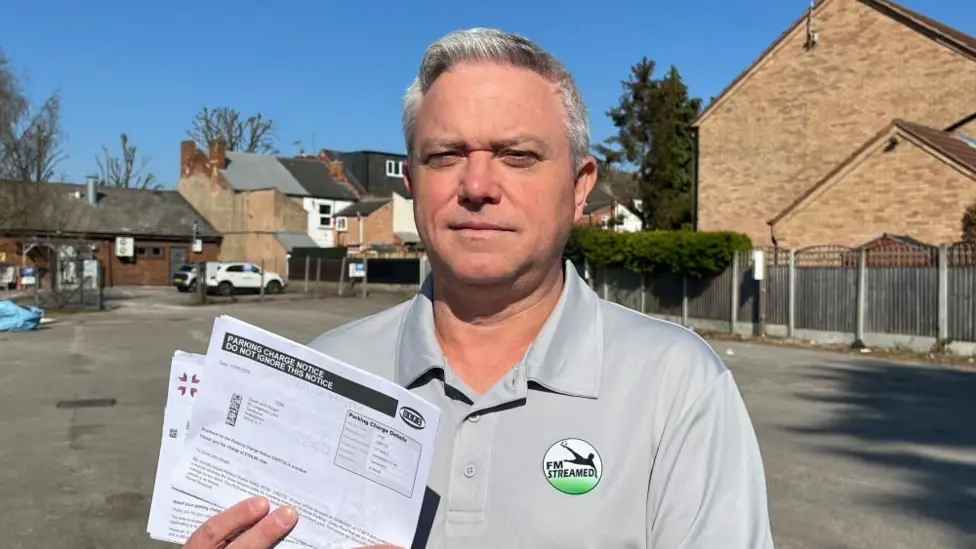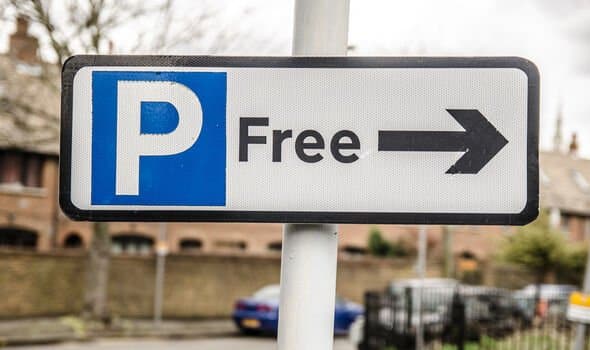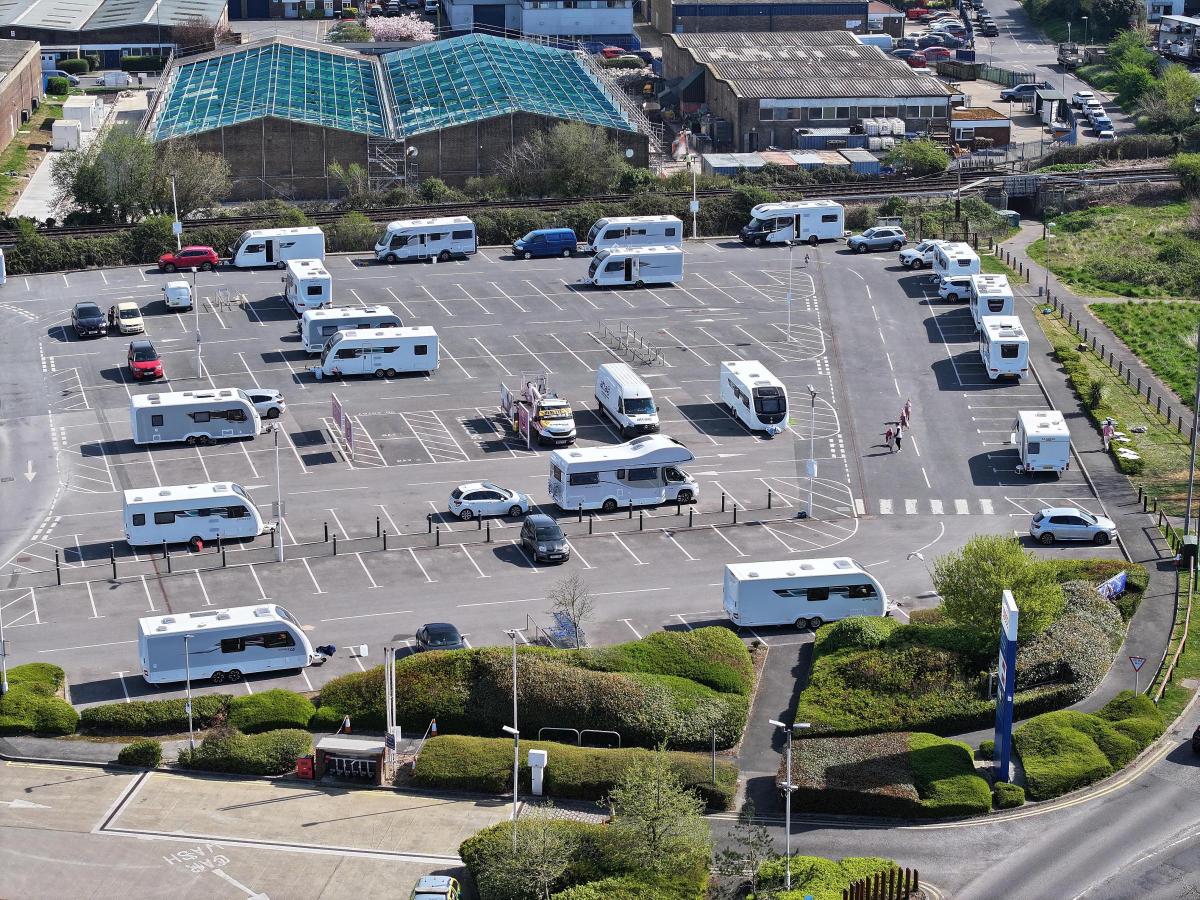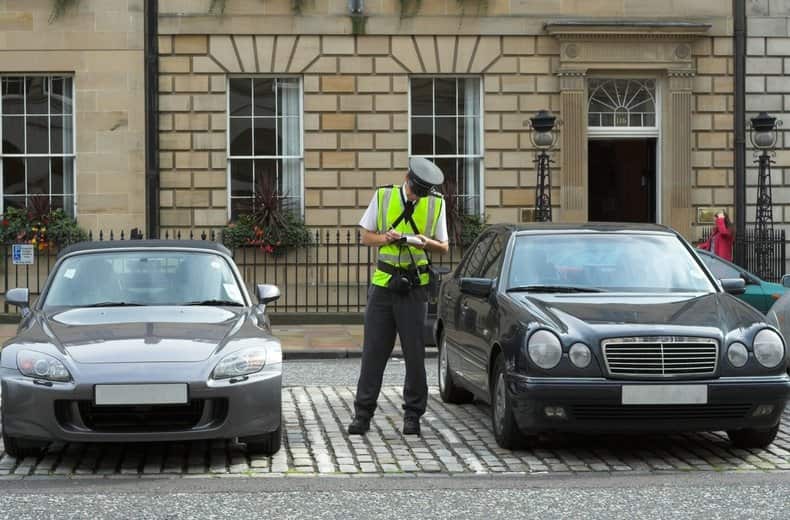Silvertown Tunnel Explained: Costs, Controversy, and Public Concerns

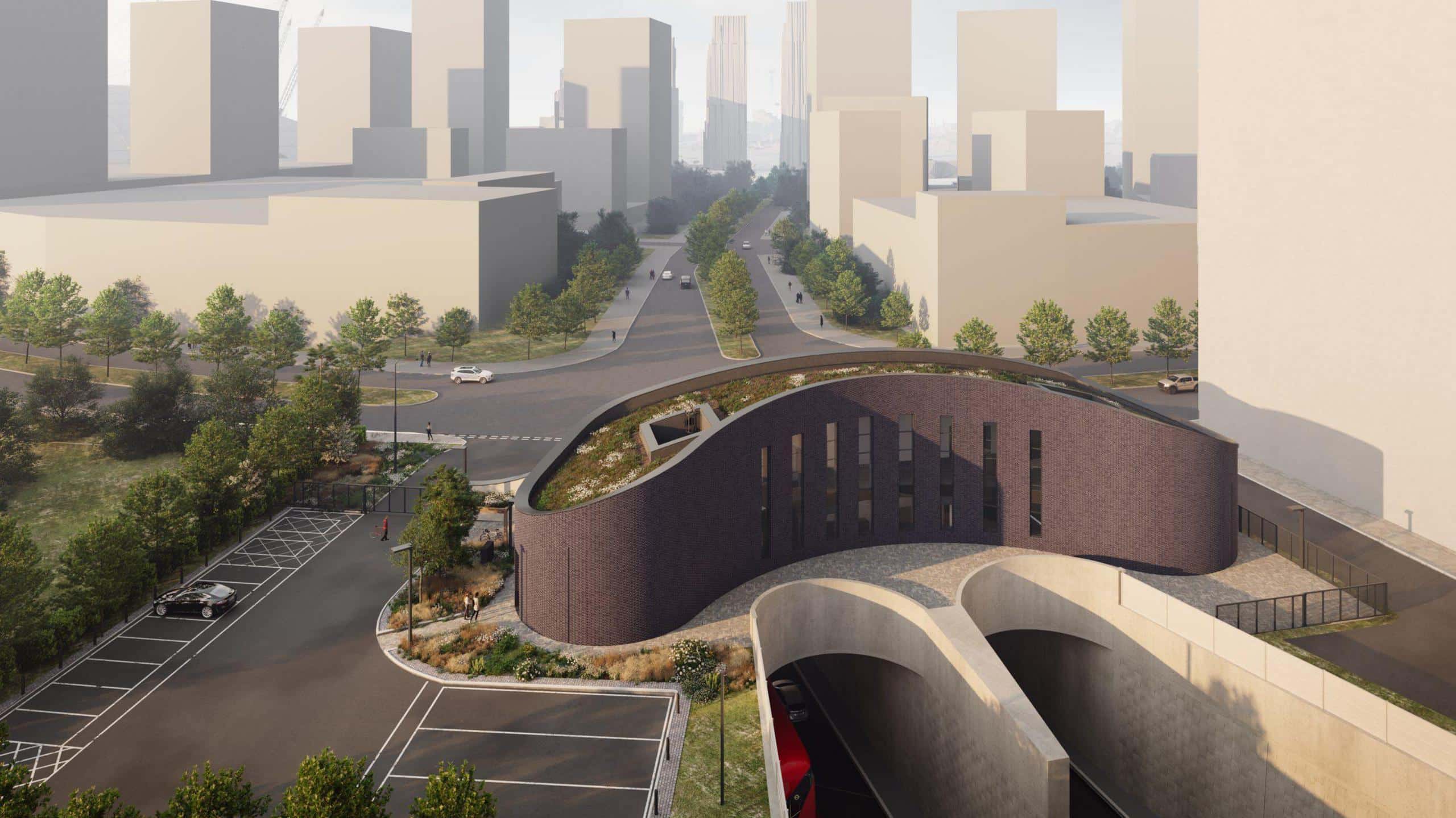
Silvertown Tunnel: A Landmark Infrastructure Project Amidst Ongoing Controversy
The recently completed Silvertown Tunnel is one of the most ambitious infrastructure developments in London in recent years. Stretching 1.4km beneath the River Thames, the £2.2 billion tunnel links Greenwich and Newham, sitting parallel to the often-congested Blackwall Tunnel. First proposed in 2012 and later reviewed by Mayor of London Sadiq Khan upon his election, the project was deemed essential to improve connectivity in East London and alleviate pressure on existing transport infrastructure.
Now officially open, the Silvertown Tunnel has already sparked widespread public debate. While proponents view it as a vital piece of transport infrastructure, critics raise serious concerns about its long-term environmental and social impact. Here, we explore why the tunnel was built, who will be affected by its toll charges, and why it remains so controversial.
Why Was the Silvertown Tunnel Built?
The main objective of the tunnel was to ease the burden on the Victorian-era Blackwall Tunnel, which currently handles approximately 100,000 vehicles daily. The Blackwall Tunnel is infamous for regular closures, shutting down around 700 times a year due to incidents, breakdowns, or routine maintenance. Transport for London (TfL) and City Hall argue that the new Silvertown Tunnel will dramatically reduce congestion, improve journey times, and offer a more reliable crossing point in East London.
Unlike previous road infrastructure projects, the Silvertown Tunnel introduces tolling on both it and the Blackwall Tunnel, marking the first road access charge in London since the Congestion Charge was launched in 2003. The tolls are a key part of the plan to manage traffic flow and limit air pollution, ensuring the tunnels remain efficient and sustainable. The project was financed through private borrowing, with the expectation that toll revenues will repay the cost over a 25-year period.
Who Will Have to Pay the Tolls?
Toll charges apply to most vehicles using either the Silvertown or Blackwall Tunnel. Peak-time charges for cars are currently set at £4, and there are different rates depending on vehicle type and time of day. However, some groups are eligible for exemptions or discounts:
- Blue Badge holders are exempt from the charge.
- Black cabs will also be able to use the tunnels free of charge.
- Residents on low incomes in 12 East London boroughs can register for a 50% discount.
- Small businesses can benefit from a £1 reduction on off-peak fares.
It's important to note that these discounts and off-peak rates only apply to those registered with TfL's Autopay system. Charges must be paid within three days of using the tunnel, or motorists risk incurring a penalty of up to £180, although TfL reserves the right to issue a warning before issuing a Penalty Charge Notice (PCN).
Why Is the Tunnel Controversial?
Despite its benefits, the Silvertown Tunnel has been the subject of fierce opposition from environmental groups, local councils, and concerned residents. Key points of contention include:
- Increased Pollution and Congestion: Critics argue that expanding road capacity ultimately leads to more traffic, not less. They fear the new tunnel will encourage car use and contribute to air pollution, particularly affecting residents in Greenwich and Newham.
- HGV Concerns: As the Silvertown Tunnel is accessible to taller heavy goods vehicles (HGVs) and is toll-free at night, opponents warn it could become a preferred route for freight transport, exacerbating noise and air pollution in nearby communities.
- Toll Inequality: The introduction of tolls has been criticised as creating a "two-tier" system. East London now hosts multiple tolled crossings, unlike West London, which remains toll-free. This disparity has fuelled accusations of regional inequality.
- Environmental Policy Conflict: Some believe the tunnel contradicts the mayor's own environmental goals. While the city is working towards net zero emissions, expanding road infrastructure seems counterintuitive to that mission.
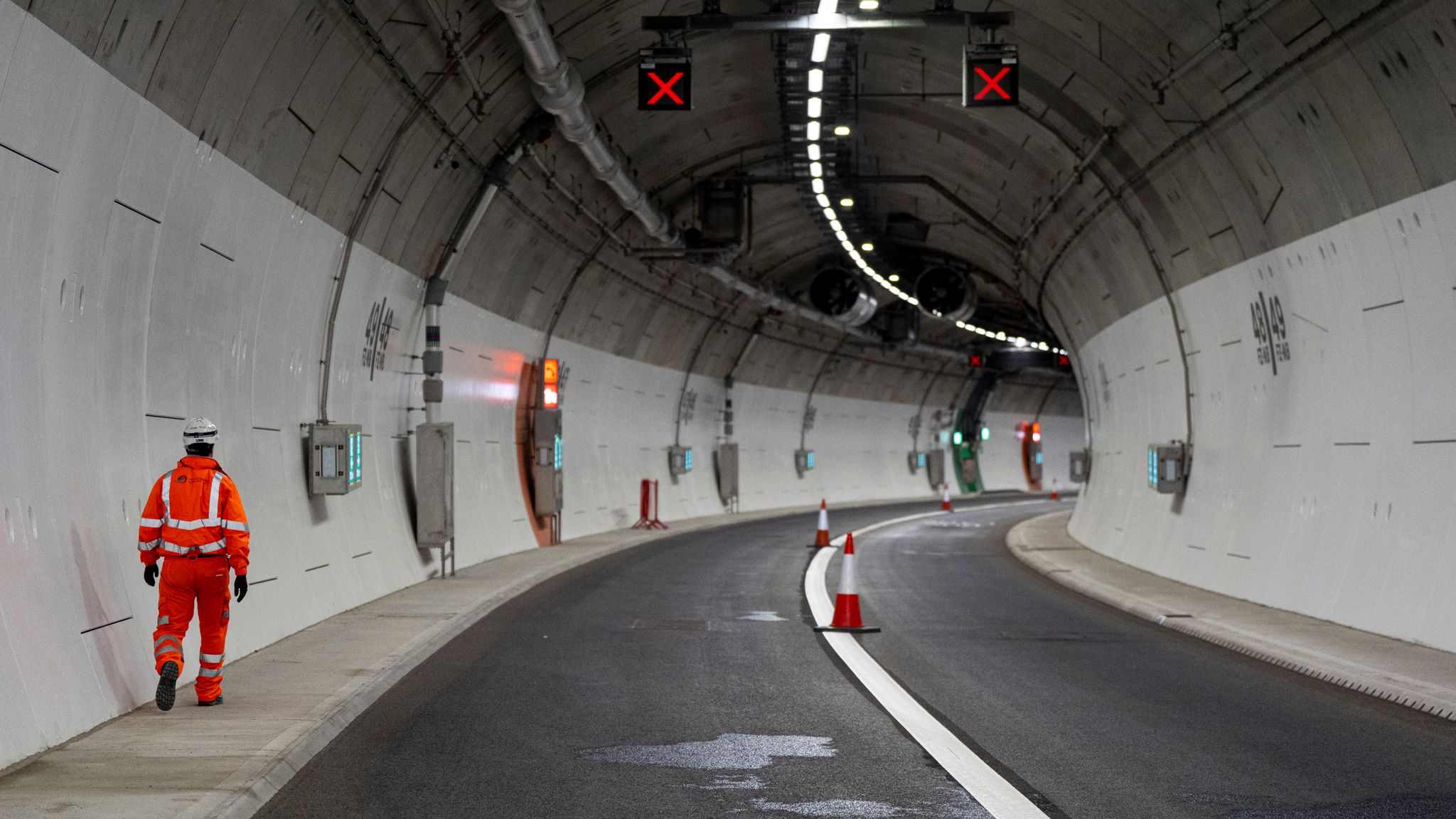
Mitigations and Public Transport Options
To address these concerns, TfL and the mayor's office have implemented several measures aimed at reducing car dependency and encouraging public transport use:
- New Bus Routes: Free, high-frequency bus services will run through the tunnel to provide a viable alternative to driving.
- Free DLR and Bus for Cyclists: Initiatives include free Docklands Light Railway (DLR) fares and a dedicated bus service for bicycles.
- Air Quality Monitoring: TfL has committed to monitoring pollution levels and adjusting policies as necessary.
Looking Ahead
The future of the Silvertown Tunnel remains a topic of intense scrutiny. While TfL maintains that tolling will help manage usage and control pollution, opponents fear that future mayors could revoke the tolls, unleashing uncontrolled traffic flow and negating any environmental safeguards.
In the years to come, the true impact of the Silvertown Tunnel will become clearer. For now, it stands as a symbol of the ongoing debate over how best to modernise London’s infrastructure while balancing environmental sustainability and social equity.
How to Pay the Silvertown Tunnel Toll
For motorists using the tunnel, payments can be made online or via phone. However, TfL strongly encourages drivers to sign up for TfL Autopay, which automatically deducts the correct toll and ensures eligibility for any available discounts.
Failure to pay within three days may result in a penalty of up to £180, though TfL has indicated that warnings may be issued before formal penalties in some cases.
The Silvertown Tunnel is undoubtedly a landmark development in East London, aiming to deliver improved connectivity and reduced congestion. However, it also highlights the complexities of urban planning in a modern metropolis. With a clear divide between supporters and detractors, the tunnel’s legacy will depend on its real-world outcomes—both for traffic flow and the communities it aims to serve.
Posted on 8 April 2025

